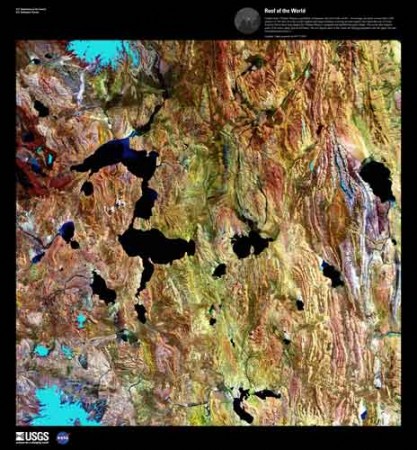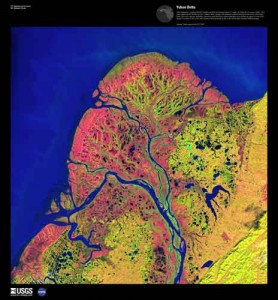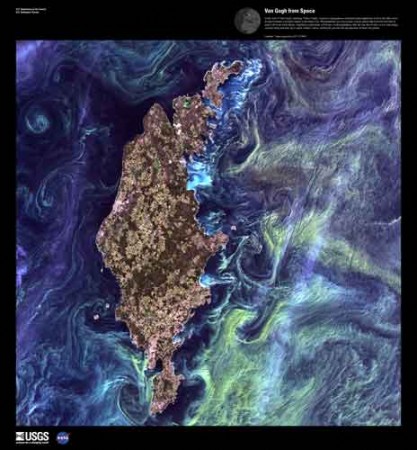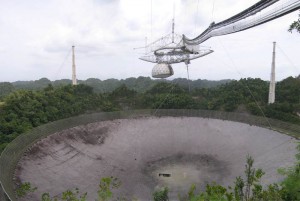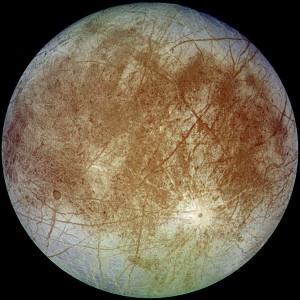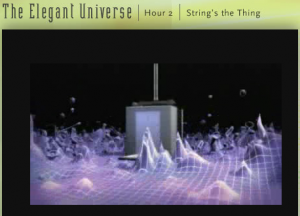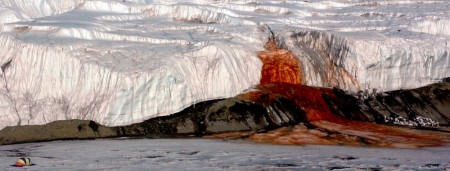
One of the neatest developments in recent space exploration has been the accelerating discovery of planets orbiting other stars. Other stars are just so far away that it’s insanely difficult to see anything orbiting them. Also, the stars can be much brighter, a billion times even, than the planets. So, in the beginning, they could just identify the largest of planets, Jupiter sized and bigger, because of they way they make their stars wobble, but this and other techniques have gotten better and better and now we’re looking at smaller and smaller planets, getting down to Earth sized objects.
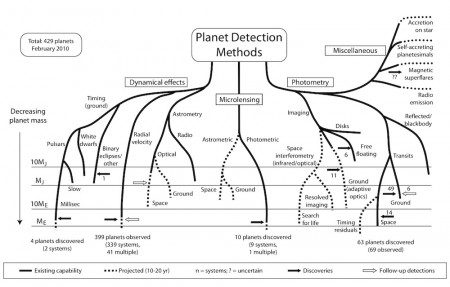
One of my students, in investigating modern space exploration, found The Extrasolar Planets Encyclopaedia, which is pretty sweet because it keeps a running tally of planets found outside our solar system. When he found it last week the number was 502, now it’s 504. The site also has a long list of the ground and space based projects looking for extrasolar planets, which demonstrates how active the field is today.
